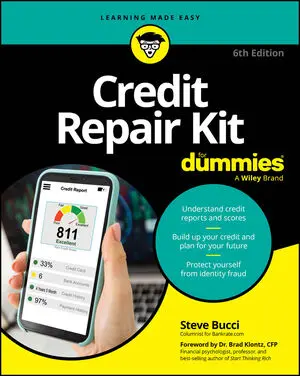Major bank cards certainly report your activity to the credit bureaus. Some store cards may report to only one bureau, or they may not report at all. To find out whether your credit card purchases are being reported and scored, call your card’s customer service number and ask.
Pick up extra points on your credit score by following a simple plan when you pay down balances. Scoring models look at how much of your limit you use. The more you use, the higher risk they believe you to be. To maximize your credit score, spread purchases over more than one card to keep your balance on each card as small a percentage of your maximum limit as possible.Say you have two cards, one with a $10,000 limit and one with a $20,000 limit. Simply charge twice as much on the higher-limit card to maximize your score. When your balance exceeds 50 percent of your limit, you begin to lose points.
Are you less concerned about your score than about paying down your balances? Some experts suggest that you pay down balances based on the interest rate (that is, pay them in descending order starting with the highest interest rate) to save money on overall payments. Others say that paying off smaller accounts first gives you a feeling of accomplishment, and therefore, you’re more likely to achieve your overall goal.
Choose the approach you find more satisfying. Just be sure that you make the choice; don’t let the first bill that shows up get the extra payment by chance.
Make a list of each credit card, its balance, and its credit limit. Then allocate your payments to reduce your percentage of credit used to 45 percent or less of the limit on as many accounts as possible. Doing so creates some great positive data in your credit report.
This approach not only enables you to regain control of your accounts but also helps you maximize your credit score, because accounts that exceed 50 percent of the limit count more heavily against you. When all your cards are at 45 percent of your limit or below, you may want to allocate more money to the highest-interest-rate cards.If you don’t have a major bank credit card, you may want to try a secured card. You can get one without a fee if you shop around. A secured card differs from a regular Visa or MasterCard in that you maintain a balance in a savings account equal to your credit limit (some cards may allow you more credit than you have on deposit) to guarantee your payment.
Secured-card activity is reported just as any other credit card activity is reported, and it affects your credit score in the same way, so it can be a great option if you’re trying to build credit.
Generally, if you make all your payments on time for a year, you should have enough of a positive payment history to get an unsecured credit card.






